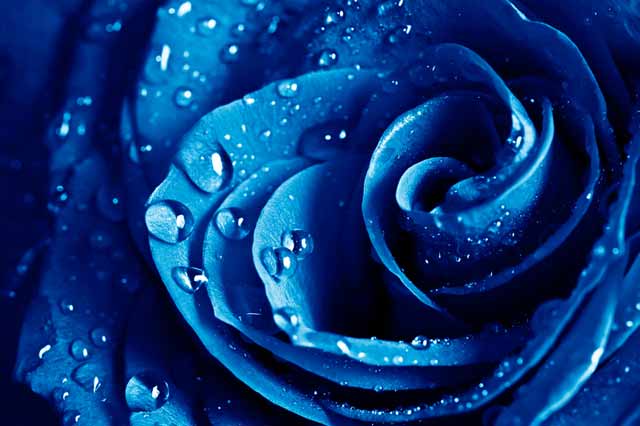
Macro Lenses photography is a popular style of photography among beginners and professionals alike.
One of the advantages of macro photography is that you don’t have to go far to find a subject. Once you really start to look closely and begin to really “see” the small details, then you’re on your way to creating great macro images.
There is however some confusion around the topic of macro lenses and how they perform, so let’s review some of those misconceptions.
You Need a Macro Lens
First, and possibly most important, is that most people believe you need a macro lens to take macro photos. Ultimately, if you are serious about this technique, good quality macro lenses is the way to go, but if you’re simply looking at trying your hand at macro before making the leap, then there are less expensive alternatives.
Close-up filters are one of the most commonly known substitutes, but not one I personally recommend. They’re basically a magnifying glass in the form of a screw on filter for you lens. They range in varying strengths of magnification and can be stacked on top of one another. They’re certainly inexpensive in comparison to a new lens, but their biggest disadvantage is the resulting image quality.
Stacking additional layers of glass in front of your lens will also reduce the amount of light getting through to your camera’s sensor. They may even restrict your ability to use autofocus. see also how to get tack sharp photos in macro photography
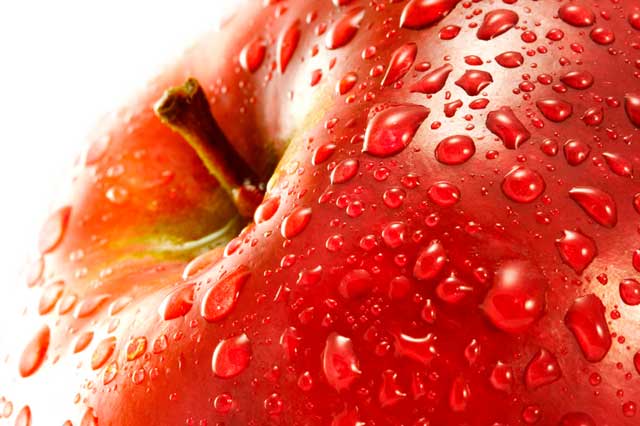
My favorite substitute is the reversed lens. You may have heard of this previously and dismissed it as a joke, but removing a lens from your camera and reversing it can yield a similar result to a macro lens. While it’s not perfect solution, you can certainly have some fun with it.
Macro Lenses – How They work
Not all cameras have the ability to accept lens reversal (simply will not function without a lens attached), but most will. Something like a 50mm 1.8 lens works best, but you can use nearly anything. You will need to operate your camera in Manual mode, as it will not be able to meter, adjust aperture or focus.
By simply holding your lens back to front you can take some extremely creative shots. Focus by moving backwards and forwards from you subject and play around with shutter speed until you’re happy with the result. It would also be best if you purchased a reversing ring that will hold you lens in place. You’ll need to be cautious here to avoid dust getting inside the camera or possible damage to the exposed element of the lens.
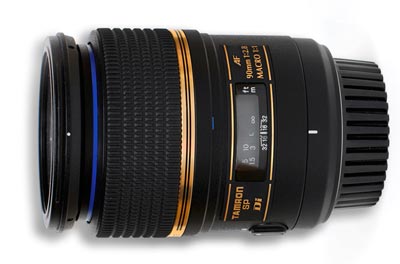
In the scheme of all relative camera gear, most Macro lenses are a moderately expensive lens to purchase, especially if you have to choose.
If you stroll into a store after purchasing your first DSLR you may get a little shock when you see Nikon’s and Canon’s Flagship macro lenses for a cool $1000.
Don’t be too disheartened though. Great macro photos can be made for a lot less. The Tamron 90mm f2.8 Di is an absolute stellar lens and can be yours for under $500, so shop around. While the body construction is not the quality of a Nikon or Canon, the optical quality of this lens is nothing short of sensational when you consider the price.
It Must Be f/2.8
From past experience as a sales assistant at a camera store, this was probably the biggest misconception of them all. Those who thought they knew all about macro lenses would come in asking specifically for an f/2.8. While the majority of them are, 2.8 is not a necessity. In fact it’s quite the opposite.
When first starting out in macro photography people get caught up with thin depth of field; and rightfully so. There’s just a nice professional look about photos with attractive bokeh. If little critters are your subject of choice, at the very least one whole eye should be in focus, better yet, both or all eyes. With apertures like f/2.8 you will struggle sometimes. The majority of the inspiring macro photographs you see will be a smaller aperture than f/2.8. You will still get a nice blurred background at f/8, f/11 and even f/22.
The Longer the Focal Length, the Better
There is generally a lot of confusion surrounding the focal lengths of macro lenses and a large portion of consumers tend to believe the longer the focal length, the better the lens. There are distinct advantages and disadvantages. I generally recommend the 50-60mm focal length for someone that is interested in taking flora and fauna. While I recommend the longer 90mm to 105mm focal lengths for those looking to photograph insects and critters, or anything else you’re likely to spook, keep in mind the longer the focal length the more stable you will need to be. Good lighting and a quality tripod will do wonders for sharpness.
They’re Only Good for Macro Photos
Though it’s true that a macro lens’ primary function is for macro photography, these lenses can also be utilized for other types of photography. Most macro lenses double as a good portrait lens – they are particularly useful for that kind of photography.

If macro lenses can be used for portraiture then why sell portrait lenses? While they can be used for portraiture and give a good result, macro lenses by nature have more contrast and saturation than the average lens. Most will argue that these two things aren’t good for portraiture, but that doesn’t mean you can’t use them. Just remember that when you get dubbed ‘wedding photographer’ and all you have is your 60mm Macro!
All text: © 2013 Destin Sparks. All rights reserved.

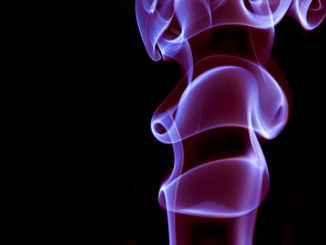
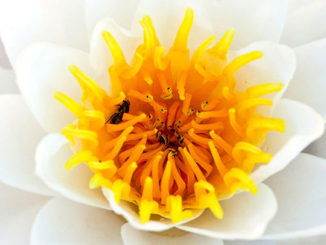
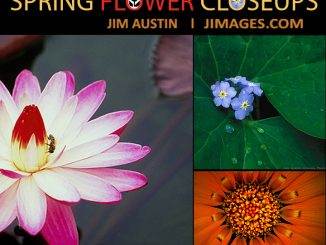
Leave a Reply